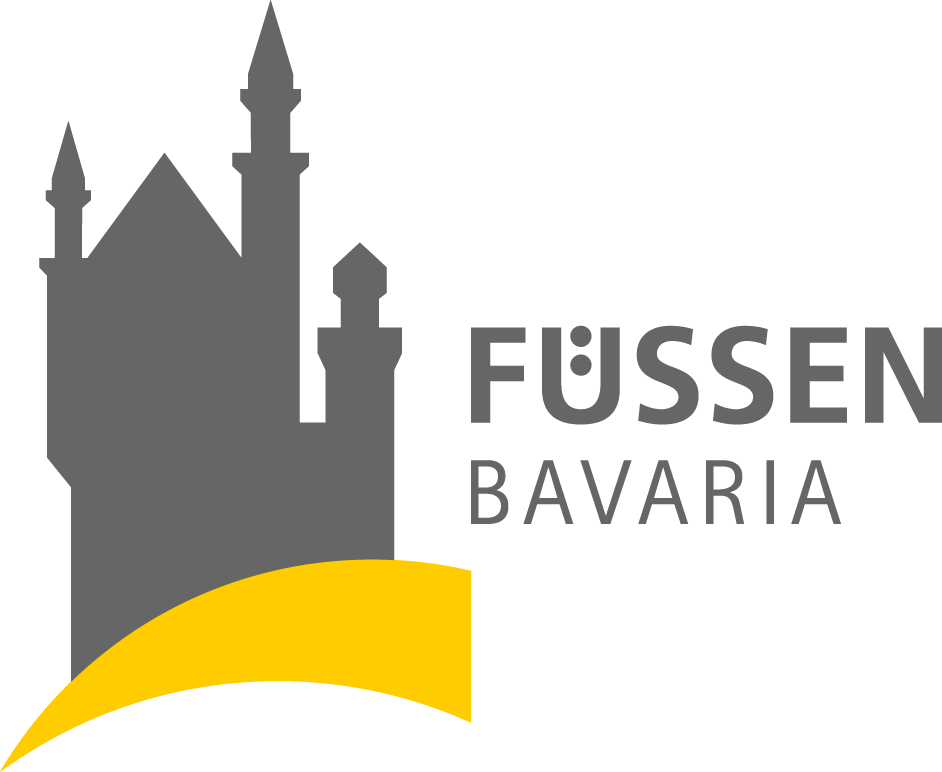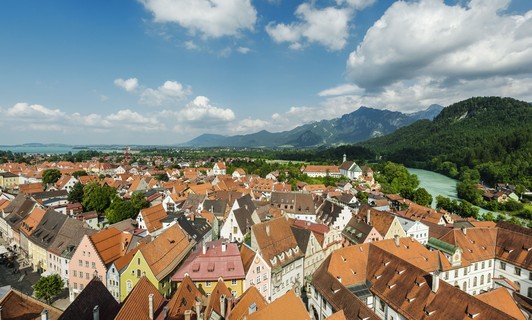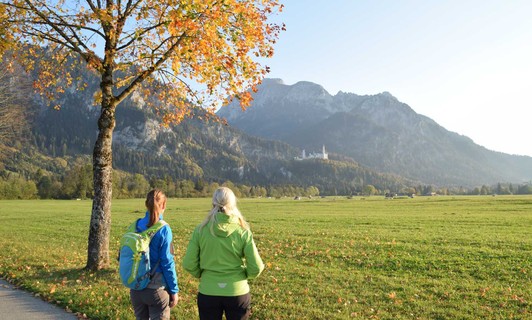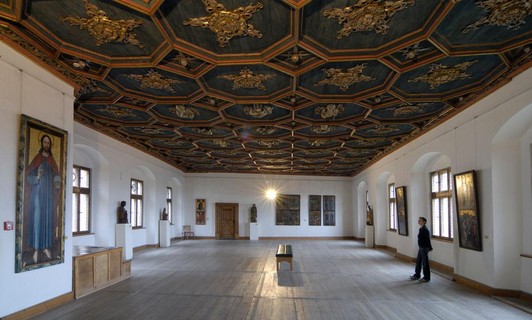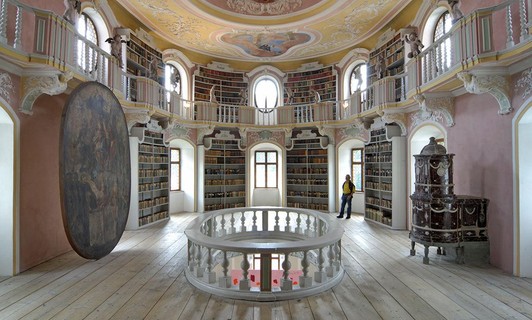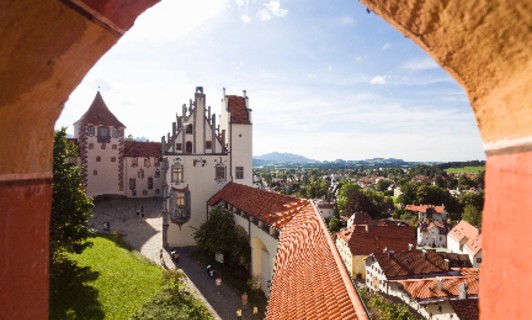- You are here:
- Füssen (english)
- Romantic Soul
- Music Town Füssen
The cradle of European lute- and violin-making

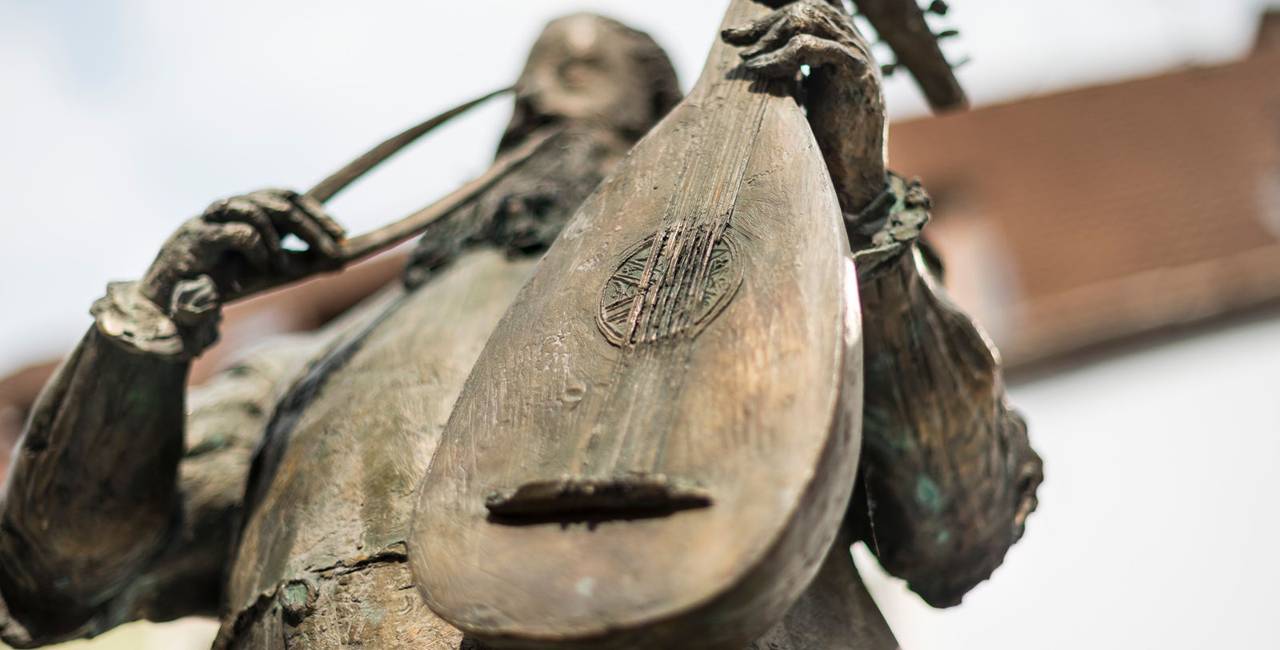
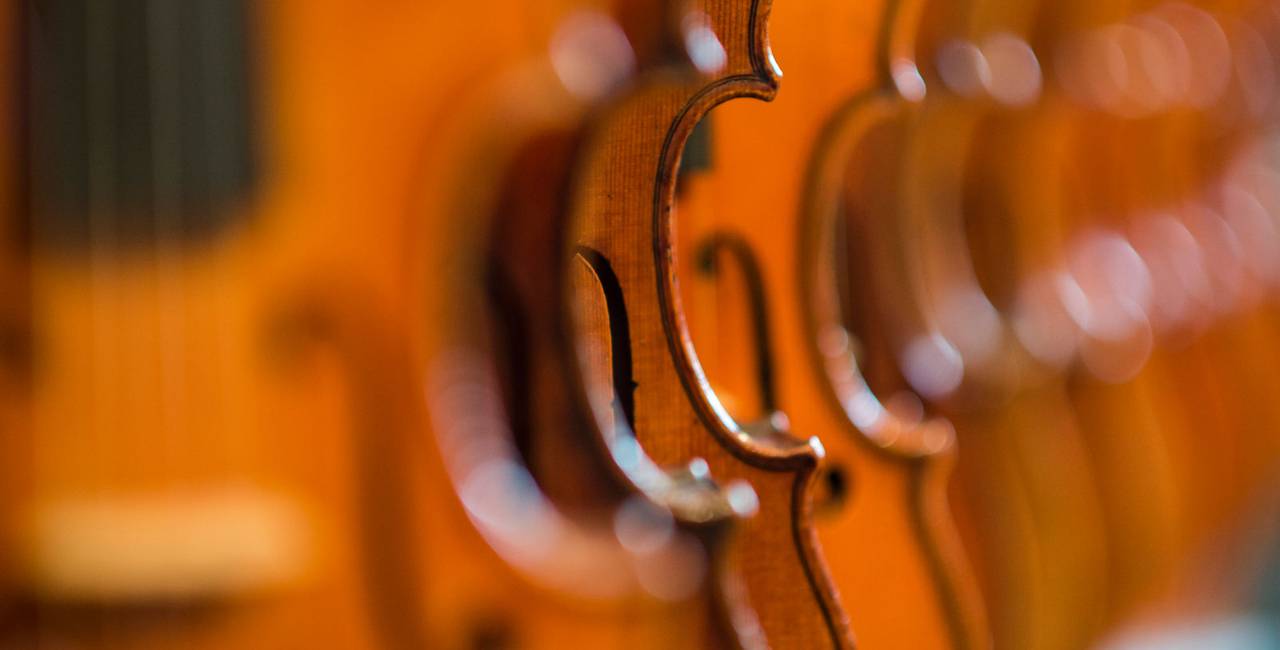
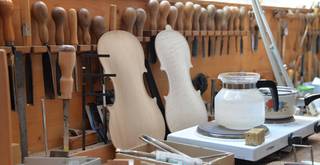
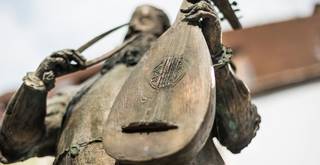
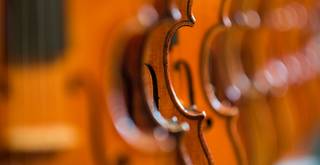
In the history of European music Füssen acquired outstanding importance thanks to its lute- and violin-makers. Thus Füssen is regarded as the cradle of lute-making on a commercial scale: In 1562 it was here that Europe's first lute-makers guild was founded.
At times there were up to 20 master of lute-makers working in the town on the River Lech, which then had some 2000 inhabitants. In the baroque age Füssen developed into an important centre of German violin-making. In the 18th century alone, 80 violin-makers were working in the town and their instruments were in great demand throughout Europe.
But the story of Füssen's lute- and violin-making is at the same time a story of labour migration. Hundreds of Füssen's lute- and violin-makers emigrated in order to set up new workshops at princely courts and in the great European cultural metropolises, such as Prague, Vienna, Lyons or the upper Italian towns, where they successfully practised their craft. Thus the making of stringed instruments in these cities was strongly influenced by the Füssen tradition.
Especially in the Imperial Town of Vienna, violin-making was almost monopolised by the craftsmen from Füssen. Among the most famous of the some 60 violin-makers from Füssen so far recorded there was Franz Geissenhof, the "Viennese Stradivari", a native of Füssen. His extraordinary talent set such high standards that in the 18th century Vienna managed to establish itself as one of Europe's leading centres of violin-making, together with Paris and London.
That the town of Füssen was able to acquire this importance was due, in part, to the raw material necessary for building instruments: in the mountain forests in the North Tyrol and the Ammer Mountains there was a huge population of spruce, maple and yew trees. Füssen's location on the former Roman road Via Claudia Augusta offered many transport options. The commercial centers of Augsburg and Venice as well as the river Lech were connected with Füssen and opened the trade routes to Vienna and Budapest. These logistical advantages also contributed significantly to the rise of the city as the center of instrument making. And it was not least the cultural environment, which guaranteed such prerequisites as orders for musical instruments.
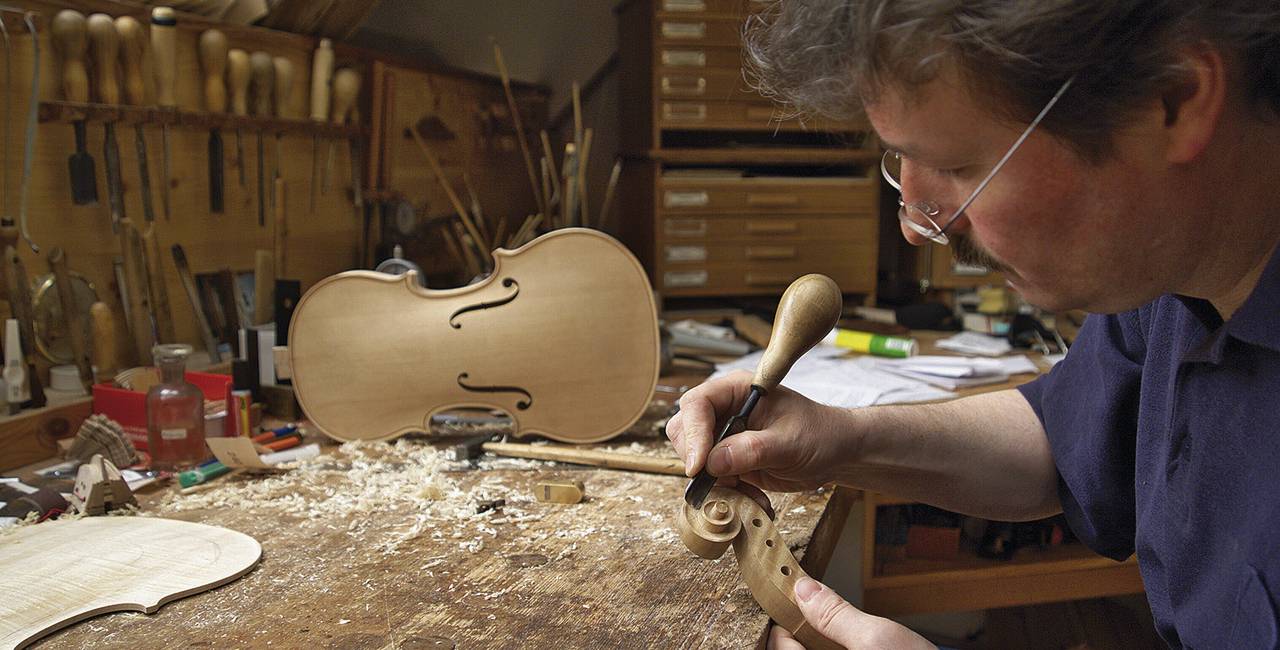
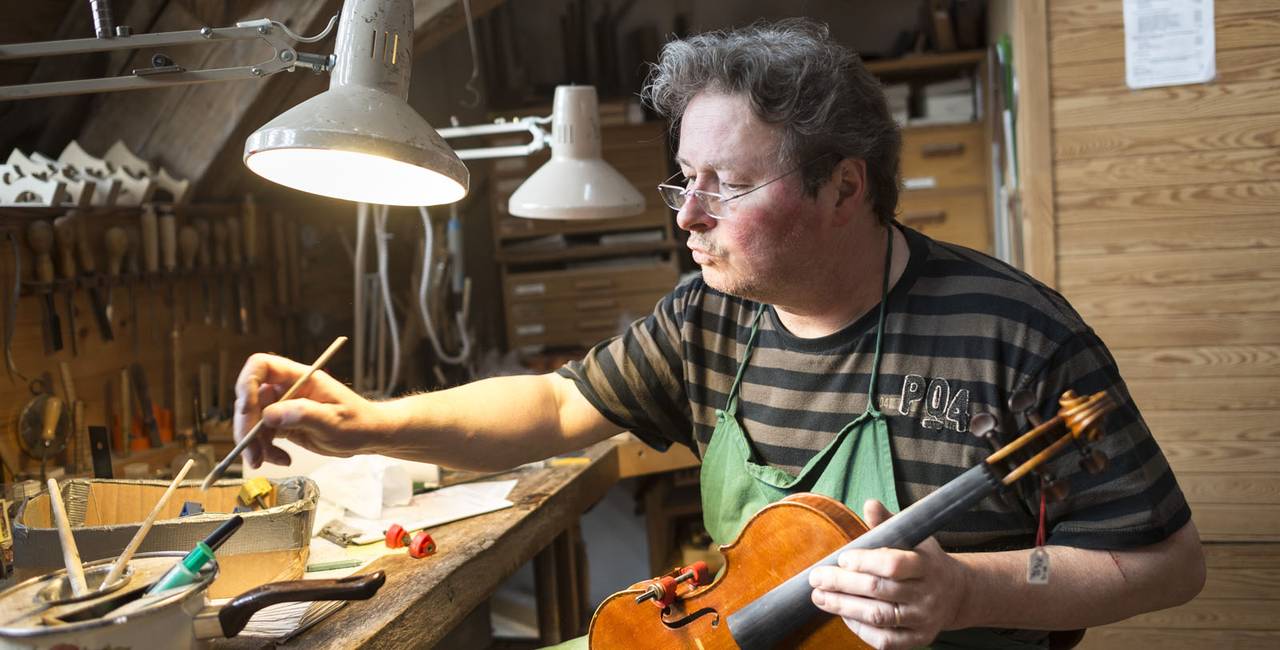
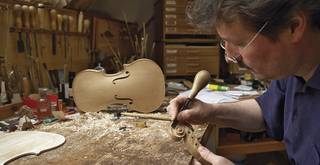
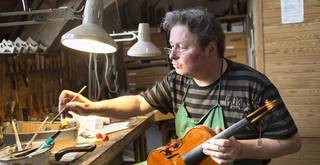
To this were added, within the town itself, St Mang's Benedictine Monastery as the major local customer for the instrument-makers and the High Palace as the official residence of the Augsburg prince bishops, who generously supported scholarship and the arts. The German emperor, Maximlian I, was a guest of the bishops in Füssen more than thirty times and as a great music lover was accompanied on his often weeks-long visits not only by his court orchestra but also by famous composers of his day, such as Paul Hofhaimer, Heinrich Isaak and Ludwig Senftl.
The Füssen Heritage Museum, which is housed in the former Benedictine St Mang's Monastery, displays one of the largest collections of historical lutes in Europe and also old and precious violins and related stringed instruments to record Füssen's tradition of producing stringed instruments. But besides lute- and violin-making, from the 16th century an important tradition of organ-building developed in Füssen. The baroque instruments, in some cases original ones, preserved in the churches in the medieval town centre testify to the mastery which Füssen organ-building had achieved by the 18th century.
To this day Füssen cultivates its tradition as a music town. Two violin-makers' workshops and a maker of plucked instruments still turn out high-quality products for the international market. Excellent cycles of concerts attract music lovers from all over Germany and from abroad the Bavarian Alps.
